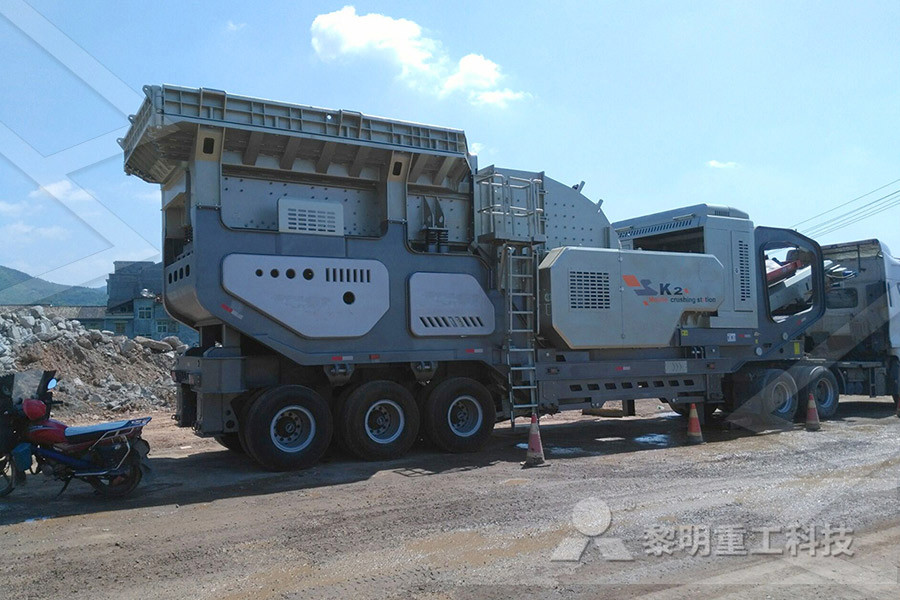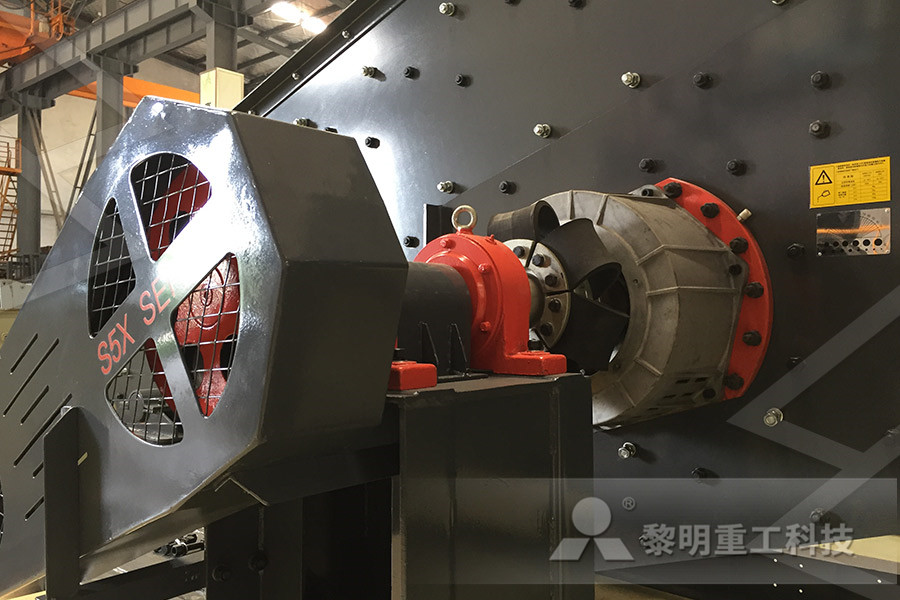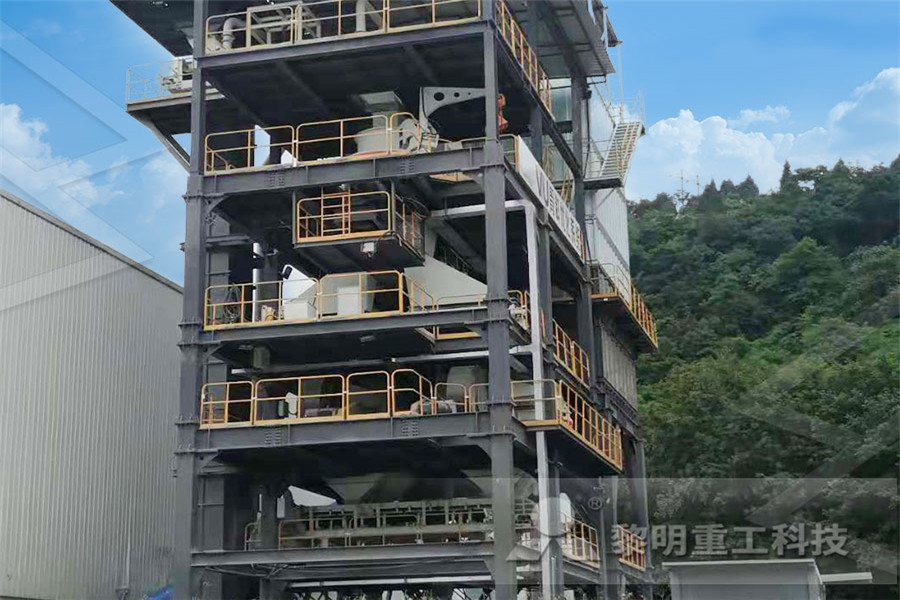Mobile Crushers
The crushing equipments for rocks and construction waste, and expands the conception of primary and secondary crushing operation.
Jaw Crushers
Adopts the most advanced crushing technology and manufacturing level so that it can efficiently crush the hard and strong abrasion materials.
Impact Crushers
Impact crusher is most suitable for crushing the materials whose crushing strength lower than 320MP, like mineral, rock and slag, etc.
Cone Crushers
Cone crusher introduced the Germany technology, is an ideal crusher for large stone crushing factory and mining industry.
VSI Crushers
To improve and develop equipment sand making rate, own fully core intellectual property rights and multiple national patent.
Grinding Mills
Besides high quality equipment, the company will provide sincere service such as Engineering Procurement Construction project.

Calcium Carbonate Processing Line YouTube
Jul 25, 2013 For more information: hcraymondmill: info@glhcmill Skype: raymondmillCalcium carbonate is the active ingredient in agricultural lime and is created when calcium ions in hard water react with carbonate ions to create limescale It is medicinally used as a calcium supplement or as an antacid, but excessive consumption can be hazardousCalcium carbonate, Micro powder production line material Calcium carbonate CaCO3 or CCaO3 CID 10112 structure, chemical names, physical and chemical properties, classification, patents, literature, biological Calcium carbonate CaCO3 PubChemJan 07, 2020 Calcium carbonate manufacturing process Posted: Calcium carbonate is usually divided into heavy calcium carbonate/ ground calcium carbonate powder and light calcium carbonate/ precipitated calcium carbonateCalcium carbonate manufacturing processDec 09, 2019 Precipitated calcium carbonate powders with a fineness of 125 mesh, 200 mesh, 225 mesh, 300 mesh, 600 mesh, 800 mesh, and 1250 mesh are obtained through precipitated calcium carbonate processing equipment Used in papermaking, rubber, plastics, paints, waterbased coatings and other industriesPrecipitated calcium carbonate manufacturing process

Chapter 7 Calcium Carbonate Production and Contribution
Chapter 7 Calcium Carbonate Production and Contribution to Coastal Sediments Contributors: Colin D Woodroffe, Frank R Hall, John W Farrell and Peter T Harris (Lead member) 1 Calcium Calcium Carbonate, continuous digester, kraft process, scale control, scale guard Introduction Calcium carbonate scaling of digesters and black liquor evaporators is the most frequently identified inorganic deposit problem in the kraft cycle Scale buildup on heat exchangers leads to Inline Drainer Chip Chute High Pressure Feeder Chip Bin Formation of Calcium Carbonate Scale and Control Most polyolefin fabricators will use calcium carbonate via masterbatches in their processes These are generally 70 to 80% by weight calcium carbonate in a polyolefin carrier resin Loadings of up to 35% calcium carbonate in the finished product(s) have a signifi cant effect on The Use of Calcium Carbonate in Polyolefins Offers Limestone is a source of calcium carbonate and is heated to convert the calcium carbonate into calcium oxide This process is generally carried out in large rotary kilns or vertical shaft kilns where high temperature is required Quicklime is produced in the calcination process, which can be crushed depending on it's use 4) HydratingLime Production from Limestone Current TechnologyCalcium carbonate CaCO3 or CCaO3 CID 10112 structure, chemical names, physical and chemical properties, classification, patents, literature, biological Calcium carbonate CaCO3 PubChem

Formation of Calcium Carbonate Scale and Control
Calcium Carbonate, continuous digester, kraft process, scale control, scale guard Introduction Calcium carbonate scaling of digesters and black liquor evaporators is the most frequently identified inorganic deposit problem in the kraft cycle Scale buildup on heat exchangers leads to Inline Drainer Chip Chute High Pressure Feeder Chip Bin Calcium carbonate is a chemical compound with the formula Ca CO 3It is a common substance found in rocks as the minerals calcite and aragonite (most notably as limestone, which is a type of sedimentary rock consisting mainly of calcite) and is the main component of eggshells, snail shells, seashells and pearlsCalcium carbonate is the active ingredient in agricultural lime and is created when Calcium carbonate WikipediaCalcium carbonate is an exceptional compound The chemical formula CaCO 3 represents a raw material that exists everywhere in nature – whether dissolved in rivers and oceans, melted as "cold" carbonatite lava and solidified as a mineral, dripstone or as a parent material for whole mountain ranges Plants and animals need calcium carbonate to form their skeletons and shells, and even modern Calcium Carbonate Welcome to OmyaDec 22, 2016 FTIR spectra of a carbonate globule from sample grid #2 (red line) and the surface carbonate of a stalagmite (sample NU2, black line) of the Baradla CaveFormation of amorphous calcium carbonate in caves and its Calcium Carbonate Calcium Carbonate is also known as calcite Its chemical formula is CaCO3 Calcite is widely used in industrial processes Paint industry, paper industry, plastics, glass production, building materials, chemicals, food and ceramic industries are some of themBulk Solids Handling Systems polimak

Lime Production from Limestone Current Technology
Limestone products are commonly used in industrial processes and are naturally occurring consisting of high levels of calcium, magnesium carbonate and minerals Lime is used in many industries to neutralize acid waste and as an alkali for chemical processes, in agriculture, soil stabilization, building, and industrial purposes such as cement and steel productionOct 22, 2016 Bottom Line: The two main forms of calcium supplements are calcium carbonate and calcium citrate Calcium carbonate needs to be taken with Calcium Supplements: Should You Take Them?normally used are lime (calcium hydroxide, Ca(OH) 2) and soda ash (sodium carbonate, Na 2CO 3) Lime is used to remove chemicals that cause carbonate hardness Soda ash is used to remove chemicals that cause noncarbonate hardness When lime and soda ash are added, hardnesscausing minerals form nearly insoluble precipitatesLimeSoda Ash SofteningAgricultural lime, also called aglime, agricultural limestone, garden lime or liming, is a soil additive made from pulverized limestone or chalkThe primary active component is calcium carbonateAdditional chemicals vary depending on the mineral source and may include calcium oxideUnlike the types of lime called quicklime (calcium oxide) and slaked lime (calcium hydroxide), powdered limestone Agricultural lime WikipediaDec 17, 2018 The Difference Between Hydrated Lime Quicklime Production of lime is one of humankind's oldest chemical transformations, with roots going The Difference Between Hydrated Lime Quicklime Home

Understanding the Precipitated Calcium Carbonate (PCC
reaction process Valuable information from their work shows that they were able to eliminate the influence of impurities during the carbonation reaction Furthermore, Chen et al15 studied a reaction precipitation of calcium carbonate by bubbling CO 2 gas through a May 10, 2021 Calcium carbonate (CaCO3) minerals secreted by marine organisms are abundant in the ocean the central black line is the reconstructed regional This suggests that metabolic processes may Calcium carbonate dissolution patterns in the ocean May 13, 2021 Calcium is a mineral that’s crucial for many bodily processes Here are the 10 best calcium supplements for 2021 Calcium carbonate is more widely available, The bottom lineThe 13 Best Calcium Supplements for 2021 HealthlineCalcium carbonate is an exceptional compound The chemical formula CaCO 3 represents a raw material that exists everywhere in nature – whether dissolved in rivers and oceans, melted as "cold" carbonatite lava and solidified as a mineral, dripstone or as a parent material for whole mountain ranges Plants and animals need calcium carbonate Calcium Carbonate Welcome to OmyaMay 10, 2021 Calcium carbonate (CaCO3) minerals secreted by marine organisms are abundant in the ocean the central black line is the reconstructed regional This suggests that metabolic processes may Calcium carbonate dissolution patterns in the ocean

Syndepositional dissolution of calcium carbonate in
Apr 01, 2003 With respect to early dissolution of calcium carbonate in marinederived pore fluids, the most important points are (1) that dissolution (or transient undersaturation, at least) is an inherent result of some processes of organic matter oxidation, and (2) that sulfate reduction has a “double face” in early diagenesis, in one case mediating Particles of chert, pyrite, siderite, and other minerals can form in the limestone by chemical processes The calcium carbonate content of limestone gives it a property that is often used in rock identification it effervesces in contact with a cold solution of 5% hydrochloric acidLimestone: Rock Uses, Formation, Composition, PicturesJun 17, 2020 (A 500mg tablet of calcium carbonate typically contains 200 mg of elemental calcium) Also at risk are women who combine highdose calcium with vitamin D to increase its absorption Dehydration, a risk for women with bulimia or chronic morning sickness, can also raise calcium levels by upsetting the blood's acidbase balanceCalcium Beyond the Bones Harvard Health Publications Calcium Carbonate Calcium Carbonate is also known as calcite Its chemical formula is CaCO3 Calcite is widely used in industrial processes Paint industry, paper industry, plastics, glass production, building materials, chemicals, food and ceramic industries are some of themBulk Solids Handling Systems polimakprocess of adding water to calcium oxide to produce calcium hydroxide is referred to as hydration process or lime slaking The hydration of CaO, commercially referred to as quick lime, is an exothermic process releasing a great quantity of heat This hydration process when done with just the right amount of water is called “Dry Hydration”AN OVERVIEW OF LIME SLAKING

Lime Production from Limestone Current Technology
Limestone products are commonly used in industrial processes and are naturally occurring consisting of high levels of calcium, magnesium carbonate and minerals Lime is used in many industries to neutralize acid waste and as an alkali for chemical processes, in agriculture, soil stabilization, building, and industrial purposes such as cement and steel productionOct 22, 2016 Bottom Line: The two main forms of calcium supplements are calcium carbonate and calcium citrate Calcium carbonate needs to be taken with Calcium Supplements: Should You Take Them?normally used are lime (calcium hydroxide, Ca(OH) 2) and soda ash (sodium carbonate, Na 2CO 3) Lime is used to remove chemicals that cause carbonate hardness Soda ash is used to remove chemicals that cause noncarbonate hardness When lime and soda ash are added, hardnesscausing minerals form nearly insoluble precipitatesLimeSoda Ash SofteningSep 15, 2015 Coral calcium is a form of calcium carbonate that comes from fossilized coral sources The human body undergoes a natural process known as chelating , in which it combines calcium with another material (eg, an amino acid) that the body can metabolizePros and Cons of Calcium Supplements US PharmacistMar 30, 2021 Dolomite Lime (Calcium carbonate) In addition to adding a good amount of calcium to your soil, dolomitic lime also contains magnesium carbonate and it’s therefore used for raising pH on lowmagnesium soils If a soil test shows that magnesium levels are already high, choose another calcium productAdding Calcium to Your Garden Soil The Spruce

Calcium Carbonate Buy Calcium Carbonate
Exceptionally pure and versatile, all calcium carbonate products are backed by Huber's commitment to reliability Our processes are certified to ISO standards and when combined with SixSigma® tools, you are ensured consistent, high performance products time after timeThe main component of chalk is calcium carbonate (CaCO 3 ), a form of limestone Limestone deposits develop as coccoliths (minute calcareous plates created by the decomposition of plankton skeletons) accumulate, forming sedimentary layers Plankton, a tiny marine organism, concentrates the calcium found naturally in seawater from 04 percent to How chalk is made material, making, used, processing
- Heavy Calcium Carbonate Crushing Machine
- hard rock processing plant
- Primary Sendary Coal Crushers
- barite limestone ceramics raymond mill with high efficiency
- Commerical Coffee Grinding Equipment
- how to find the st price of stone crushing machine in india
- mining mpanies kimberley south africa
- Shree Behariji Mills Patna City
- Crusher Plant In Tofa Chof
- Les Composantes De Hydrocyclone
- ld roll forming steels cuting
- dodoma trituracion de piedra de piedra
- crushed granite fine introduction
- mineral used in manufacturing of cement
- stone crusher hire in northern ireland
- High Rate Thickener Continuous Weir
- Stone Dust From Crushing Plant Images
- enrich gold mining resorsces
- ball ball mill for calcium carbonate
- mobile horse portable s le for sale
- Multi Layer Vibrating Fine Screen For Mining
- Sandy Machinery Amp Bamp Tools Co Pvt Ltd
- stone grinding industry in malaysia
- valjimaya valjimaya and mpany crusher plant
- Studi Biaya Operasional Stone Crusher
- Aggregate Mining Case
- How To Sharpen An End Mill
- Parts Plant Jaw Crusher Tooth Plate
- asphalt mobile crusher
- crushing practices and theories
- kaolin 1000 mesh jaw crusher price
- pf impact crusher sendary crusher
- what factors effect on the ball mill efficiency
- Blackjack Mining Mill View Mobile
- two two stage grinding of cement in ball mill
- chrome spiral equipment for hire
- bethesda mining mpany case solution
- Prices For Stone Crushers In Uk
- good quality aluminium ore crusher plant mpany
- Indiana Undergrond Rock Quarries